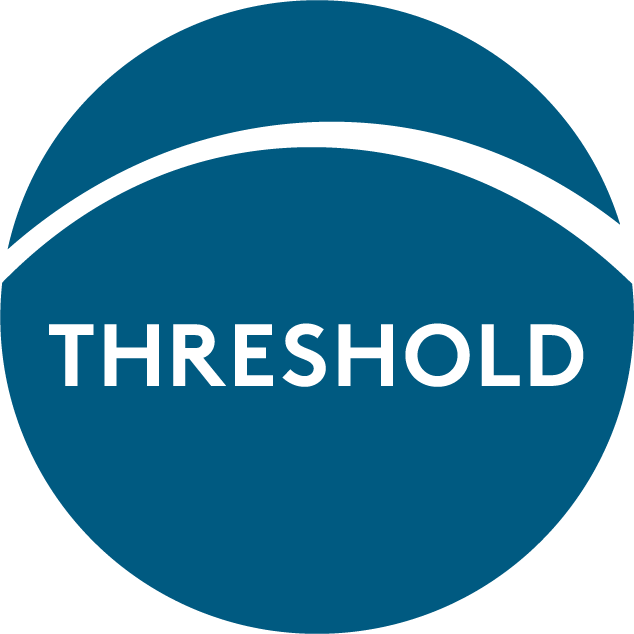Episode 5
Heirs to the Most Glorious Heritage
"We have fallen heirs to the most glorious heritage a people ever received, and each one must do his part if we wish to show that the nation is worthy of its good fortune."
~ Theodore Roosevelt
In 1908, the National Bison Range was created by carving 18,000 acres out of Montana's Flathead Reservation. Now, the U.S. Fish and Wildlife Service says it is willing to transfer the land back to the Confederated Salish and Kootenai Tribes. But, a lawsuit has been filed to stop the proposed transfer. In this episode we meet tribal members who feel they are the rightful stewards of the land and the historic bison herd, and others who are trying to stop the transfer. Listen to our update to this episode.
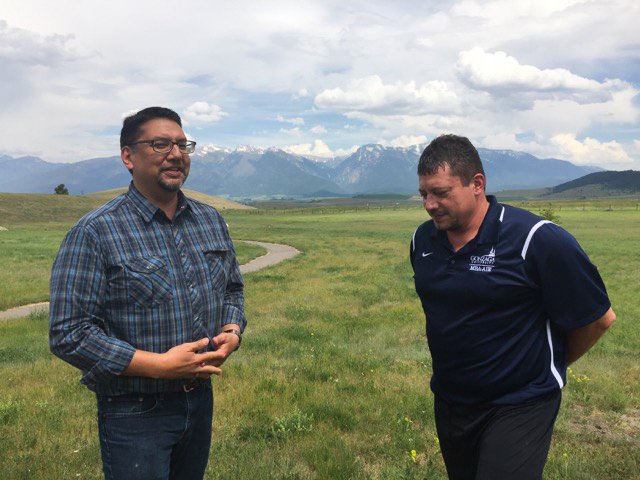
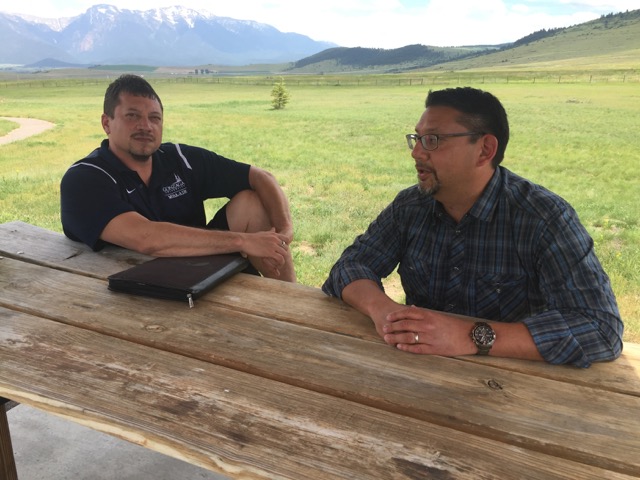
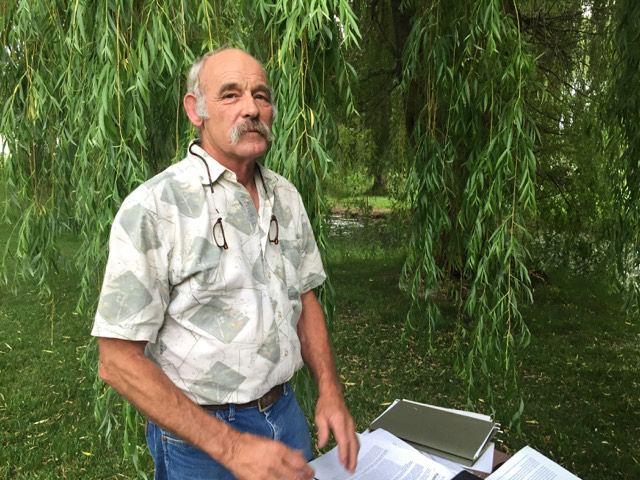


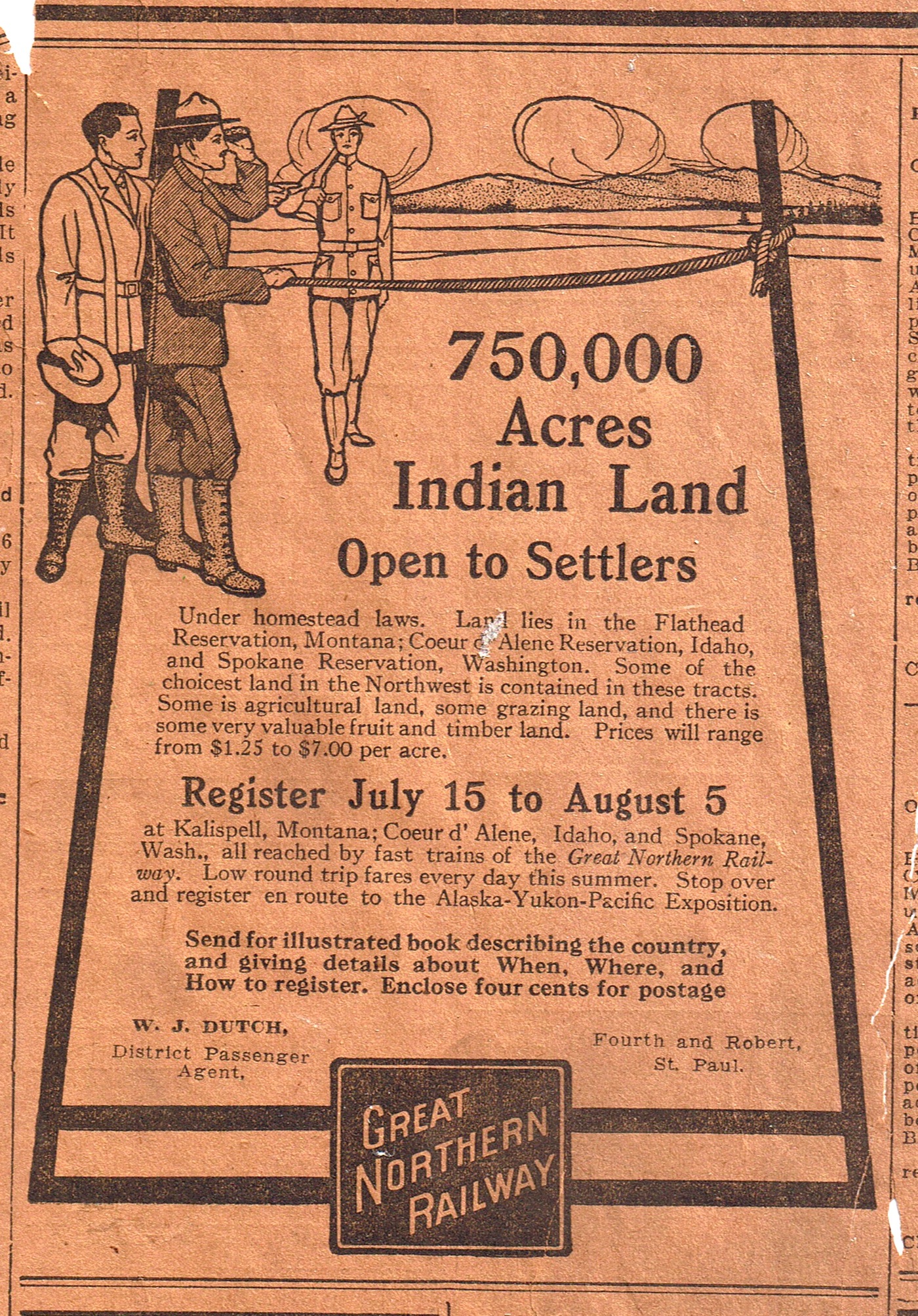


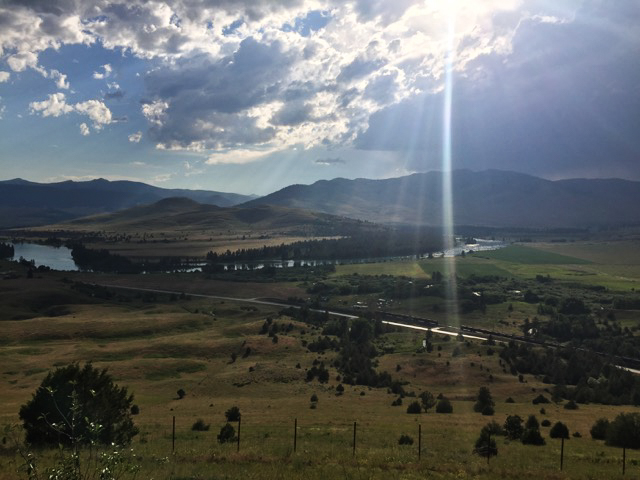
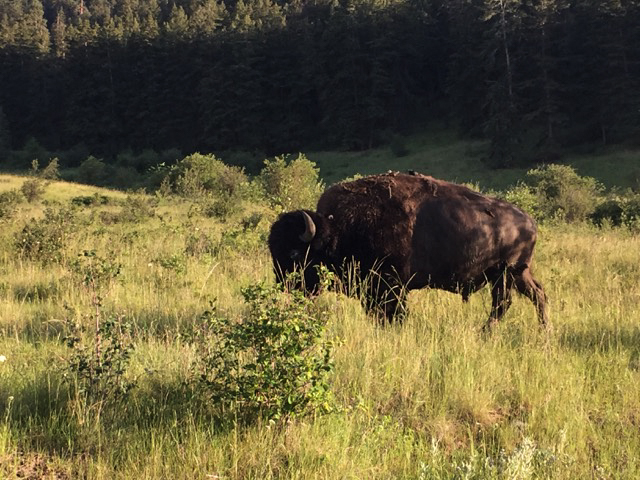
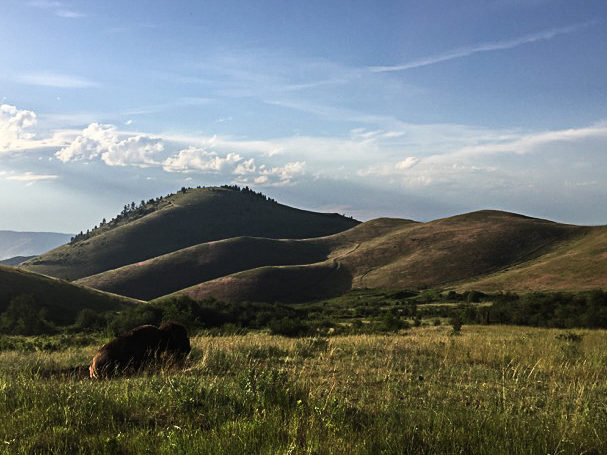

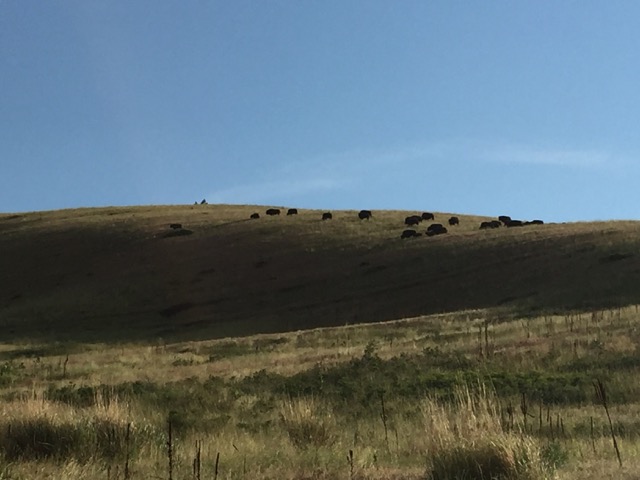
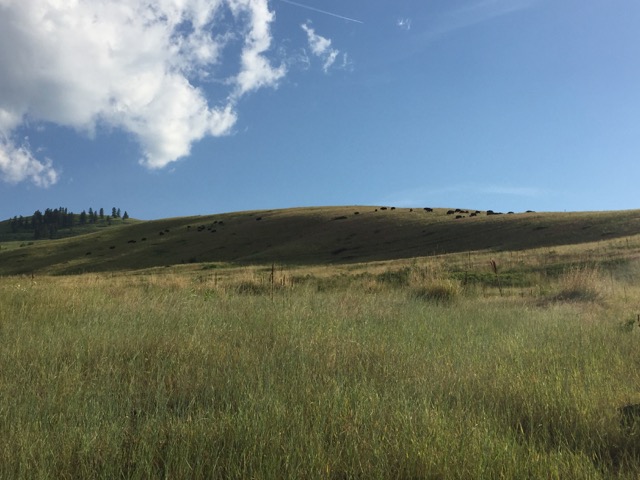
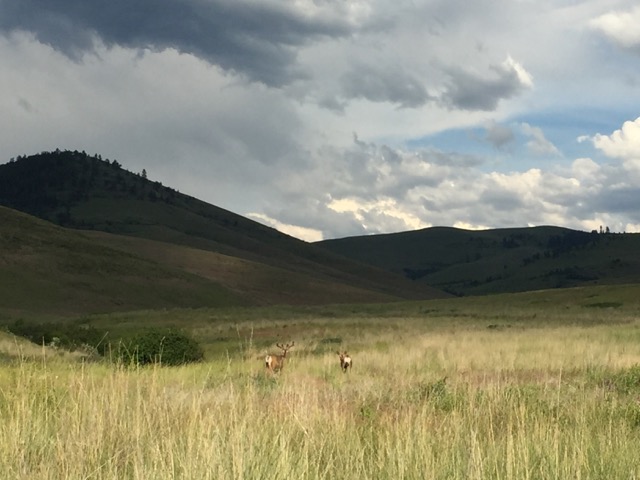


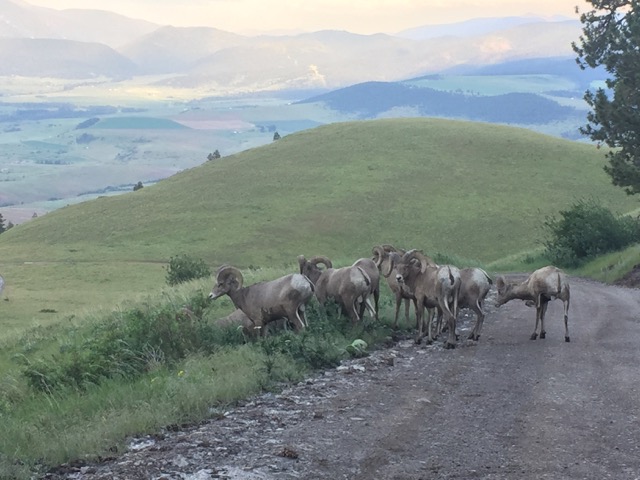
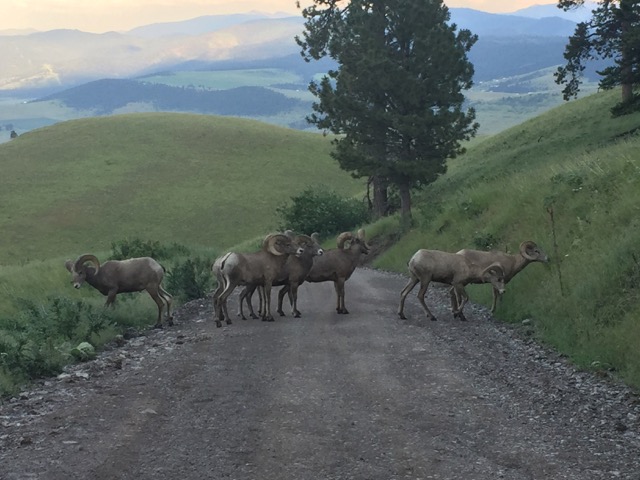

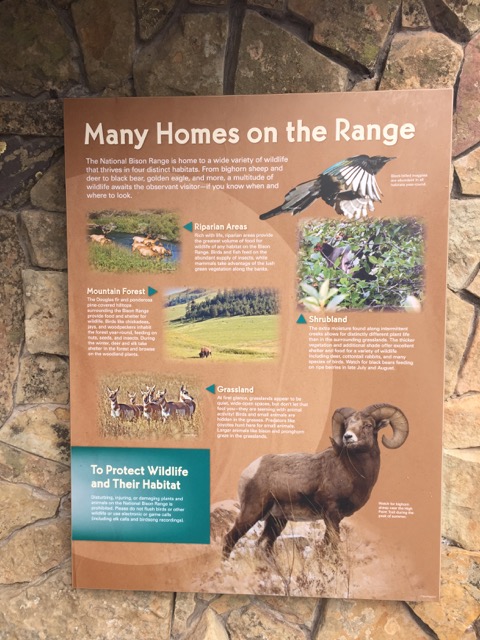
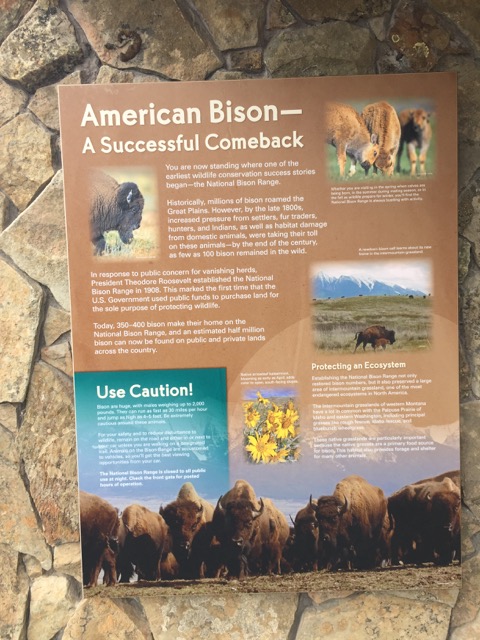

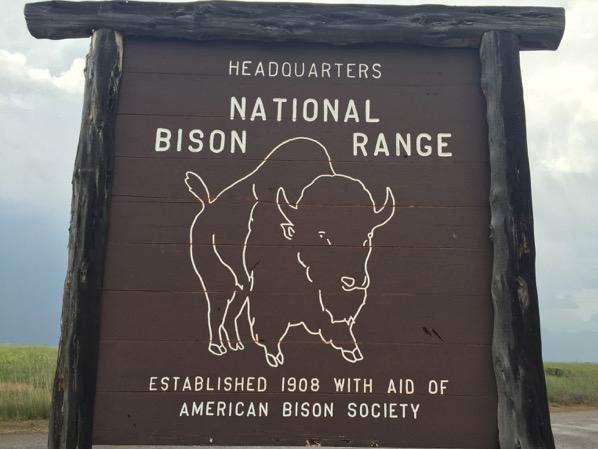
How to Listen
Listen for free on our website, or anywhere you find podcasts.
Update to the National Bison Range
Episode 5 extras
Bison Range Working Group
This site, created by the CSKT, is where you can find the draft legislation, public comments on the proposed legislation, responses to the comments, and other news about the potential transfer of the National Bison Range.
PEER Lawsuit
Read the lawsuit filed by the group Public Employees for Environmental Responsibility on May 23, 2016.
Environmental Impact Statement
On January 18, 2017, the U.S. Fish and Wildlife Service announced their intention to create two separate but related documents for the National Bison Range -- an environmental impact statement (EIS) and a comprehensive conservation plan (CCP). Here's the announcement. There will be opportunities for the public to comment throughout this process. We'll do our best to keep you updated on those opportunities here.
Confederated Salish and Kootenai Tribes
The Rez We Live On is a great resource if you want to learn more about the Confederated Salish and Kootenai Tribes. A few videos from that site are embedded to the left. You can also find information at the CSKT main website and their website devoted to The People's Center.
Racial, Ethnic and Religious Tension in the Flathead Valley
The report "Drumming Up Resentment," published by the Montana Human Rights Network, documents the history of anti-Indian movements in Montana from 1970 to 2000.
This is the website for Love Lives Here, a Flathead Valley human rights organization mentioned in this episode.
Other reports:
"Hundreds Gather Against Hate in Whitefish," Montana Public Radio, January 2017
"Neo-Nazis Submit Incomplete Application to March in Whitefish," Montana Public Radio, January 2017
"Flathead Valley Celebrates Poignant Martin Luther King, Jr. Day," Montana Public Radio, January 2017
"Islam, Race and the Battle for the Flathead Valley Soul," Montana Public Radio, November 2016
"Fight Brewing Over Proposed Transfer of National Bison Range," Montana Public Radio, June 2016
"Anti-Indian or Not? Controversial Conference on Tap in Kalispell," Missoulian, September 2015
"Indian Tribes Aim to Manage Bison Range," Washington Post, July 2003
"Bison Rage," Missoula Independent, June 2003
Historic News Reports
"Allards Famous Herd of Buffalos Snapped by Standards Camera," Anaconda Standard, 1899
"To Preserve Bison," Yellowstone Monitor, 1908
Other Related Links
The history of allotment on Indian land is probably worthy of a podcast unto itself. The story of the National Bison Range is just one part of that larger history of land loss on the Flathead Reservation. Here's one place to start if you want to learn more.
The Goodnights of Texas helped to save some bison from the southern herds, and then later donated some animals to the National Bison Range. A few other private ranchers also contributed to the national herd. Here's more about the Goodnights.
Alicia Conrad was the granddaughter of the Conrads who bought bison from the Pablo-Allard herd, and then sold some of those animals to help start the National Bison Range. She died in 2010; her obituary from the Daily Interlake helps connect some of the dots we touch upon in this episode.
Other Montana Tribes
American Indians 101 and Essential Understandings Regarding Montana Indians were created by the Montana Office of Public Instruction. Find more tools at their Indian Education for All site.
